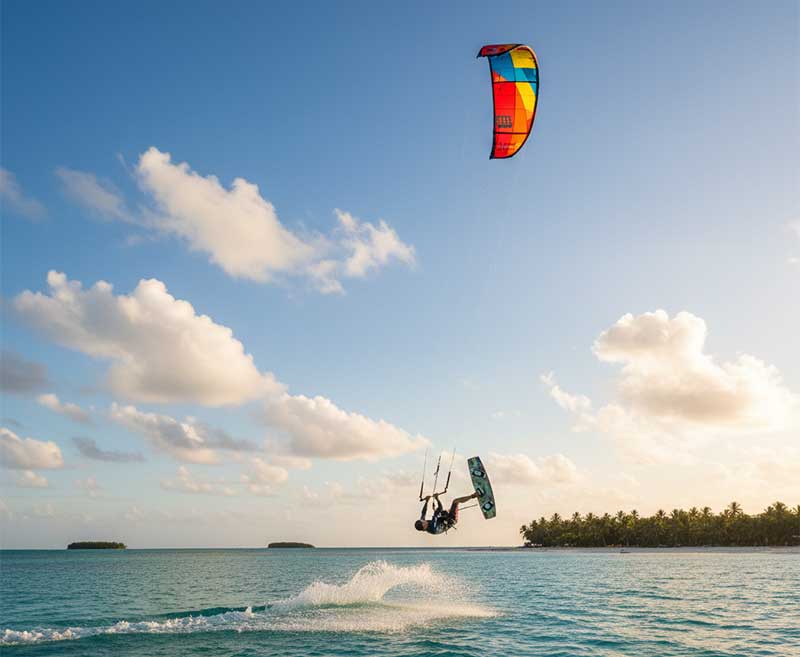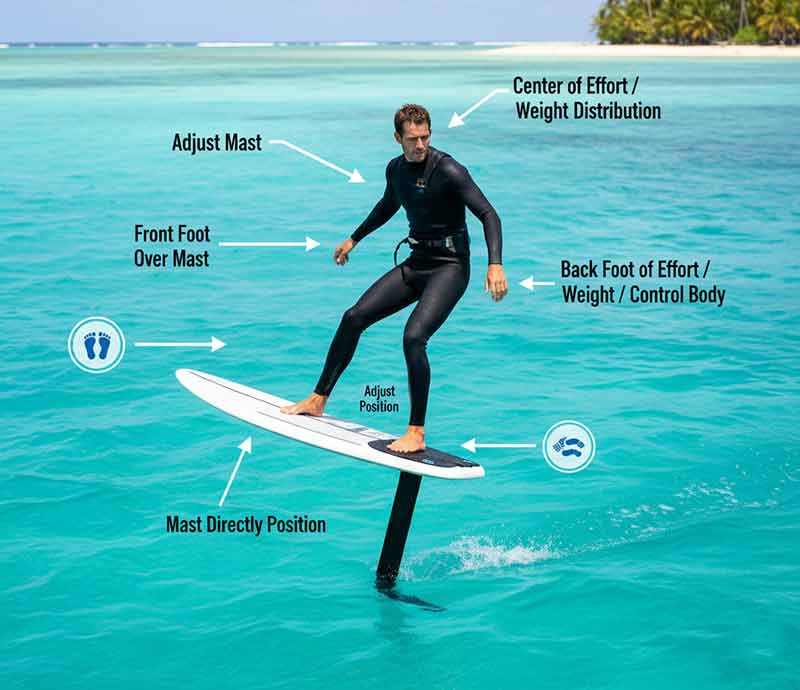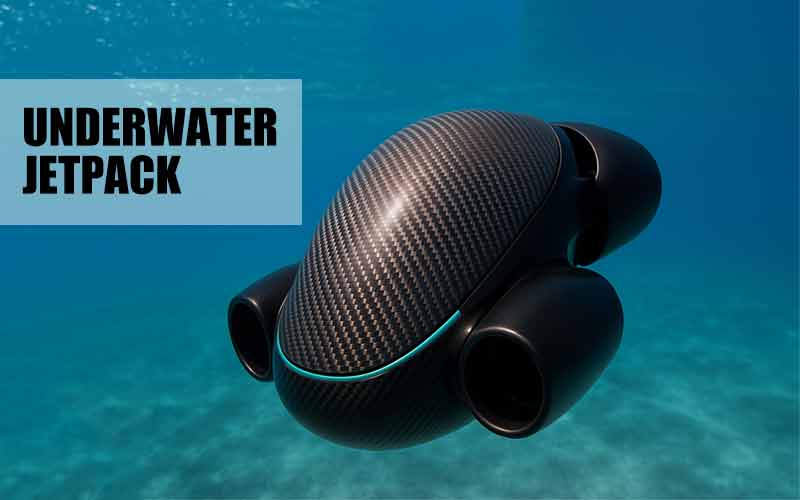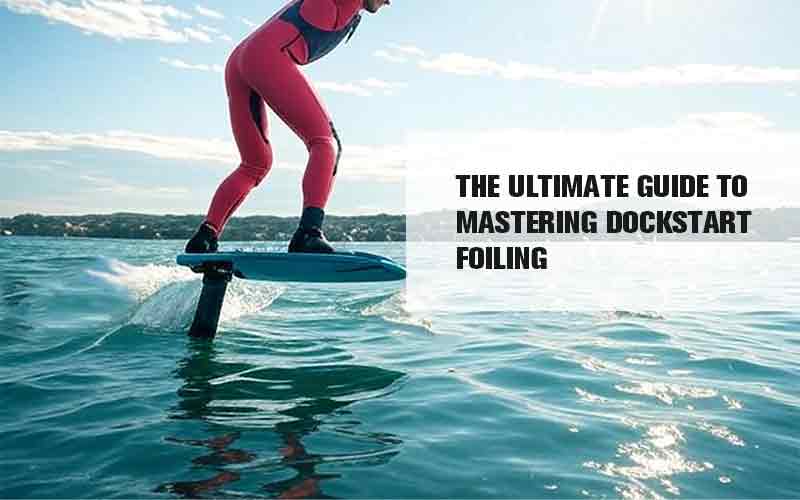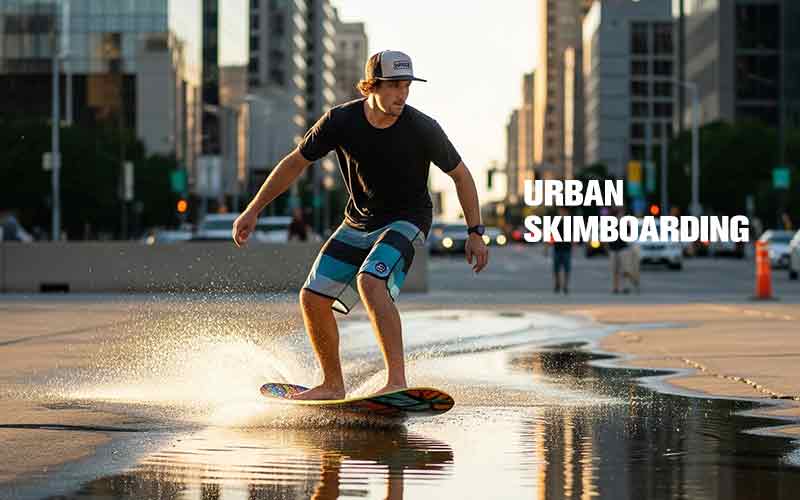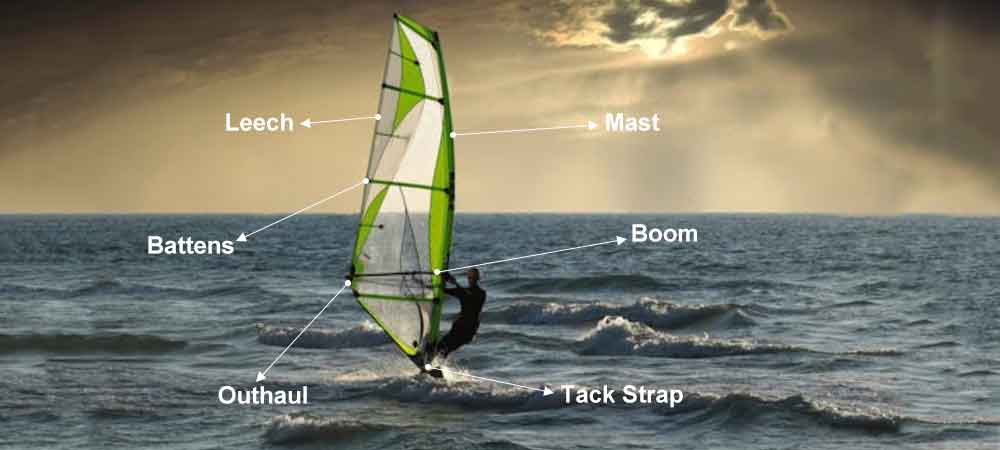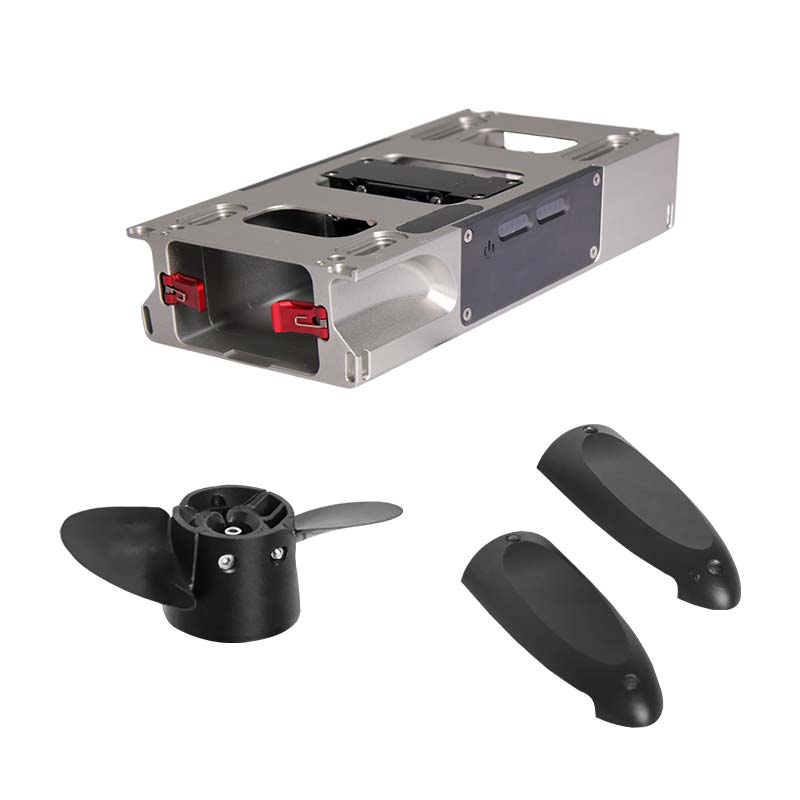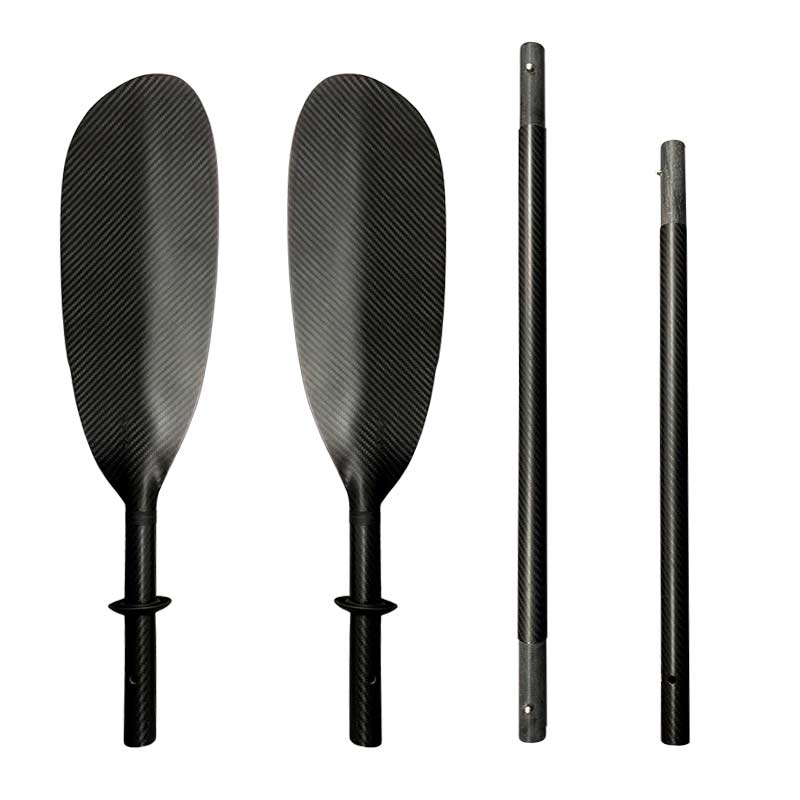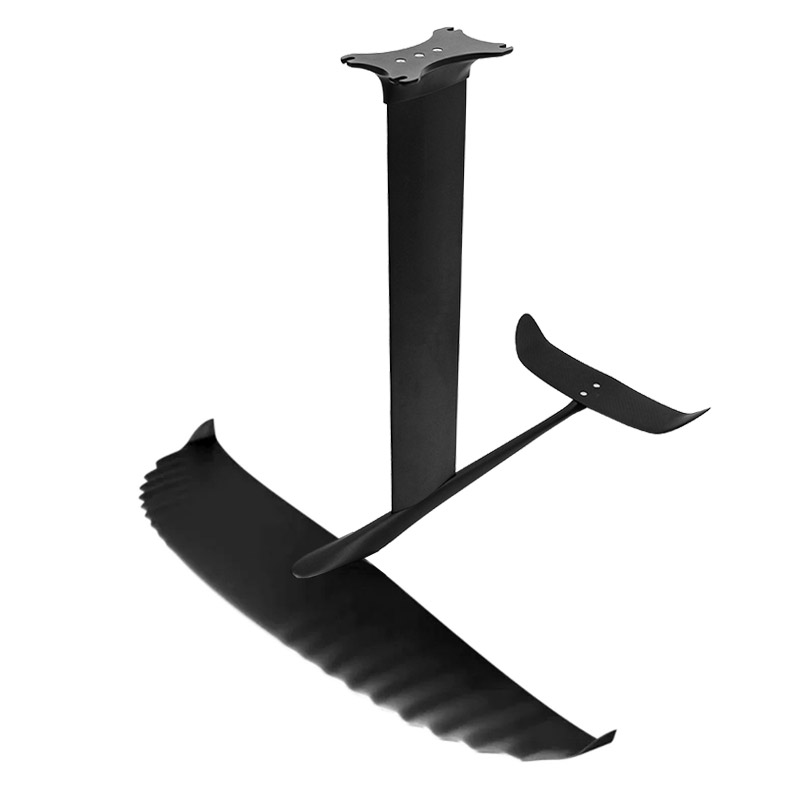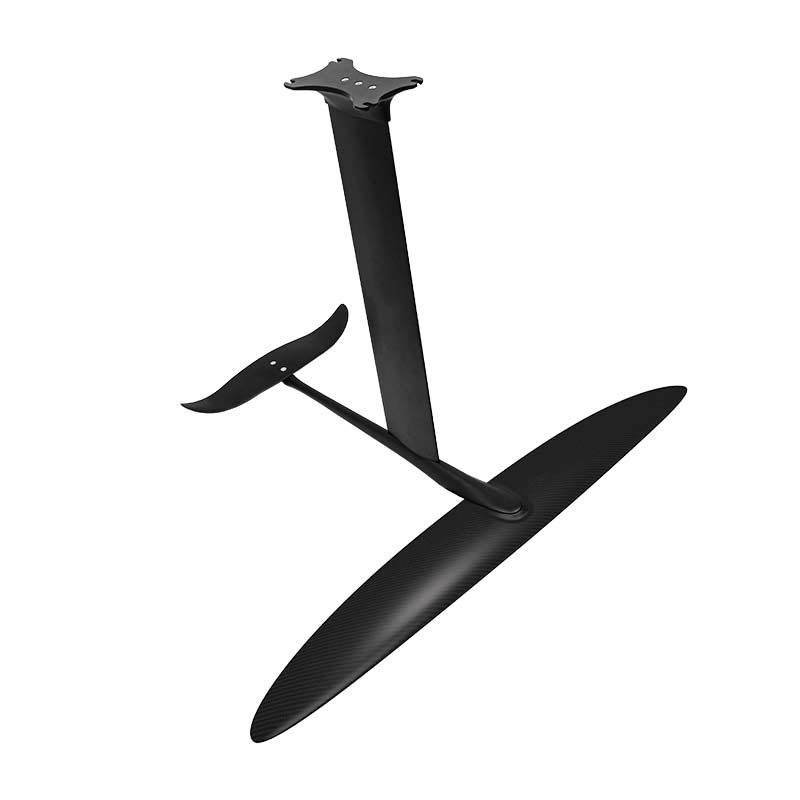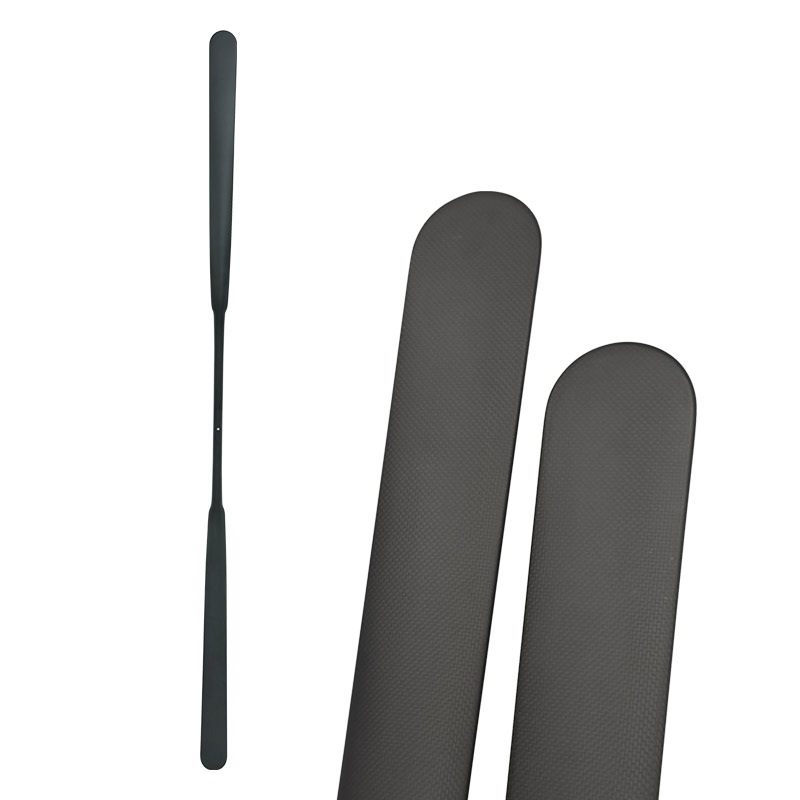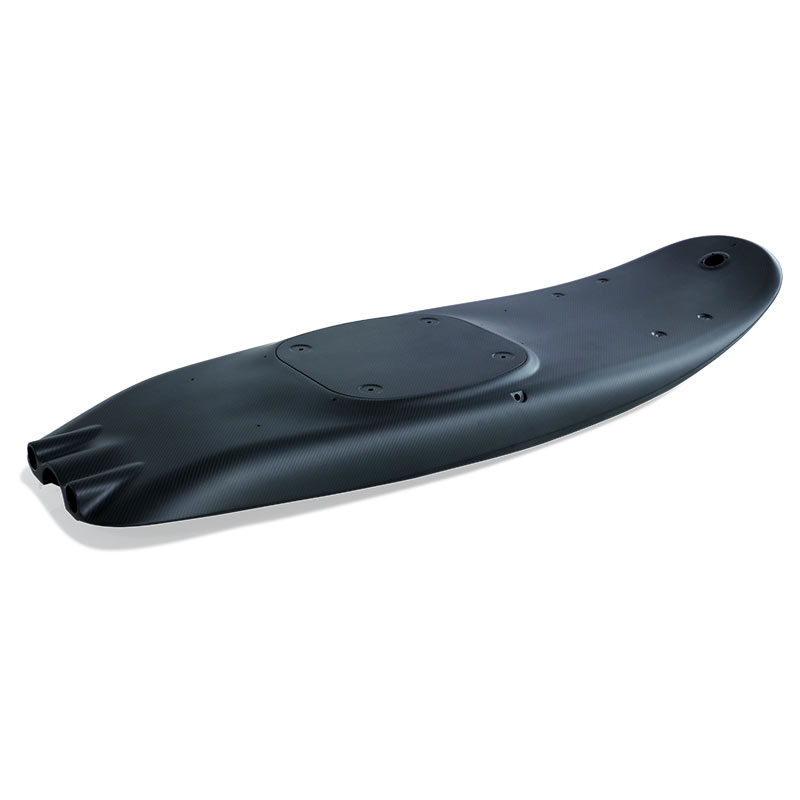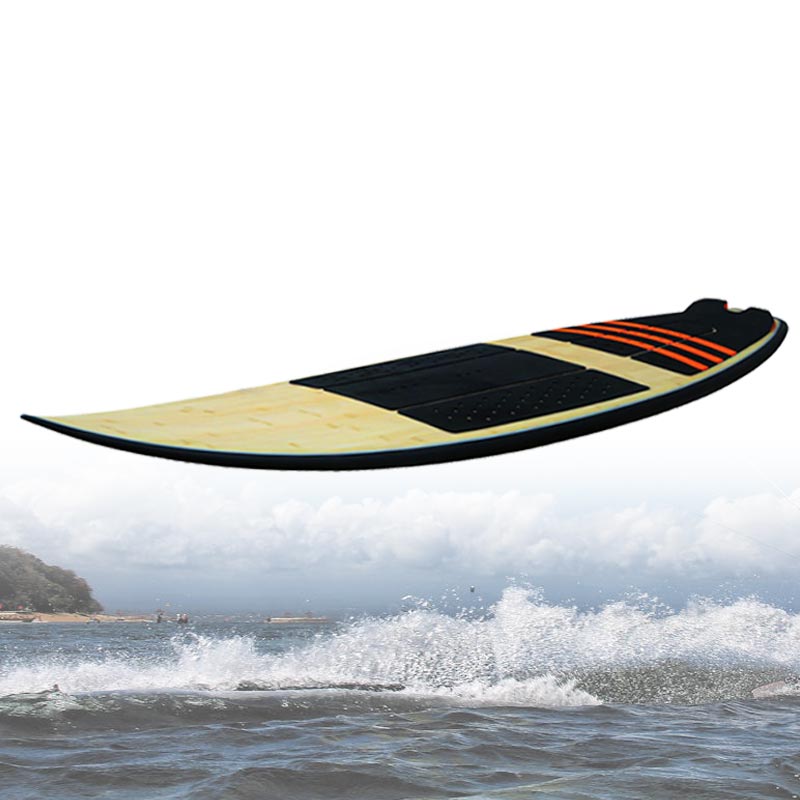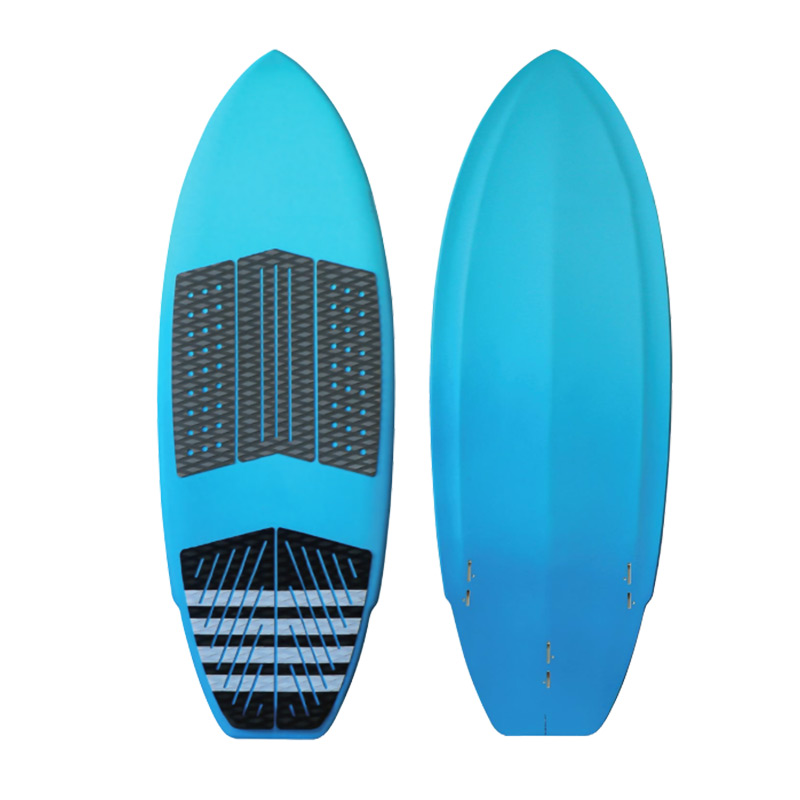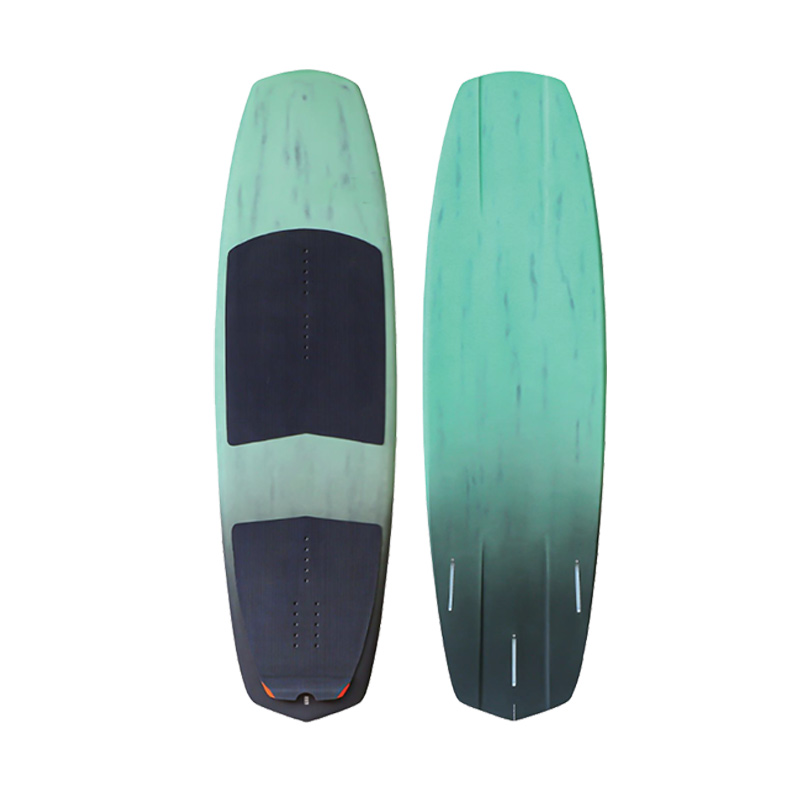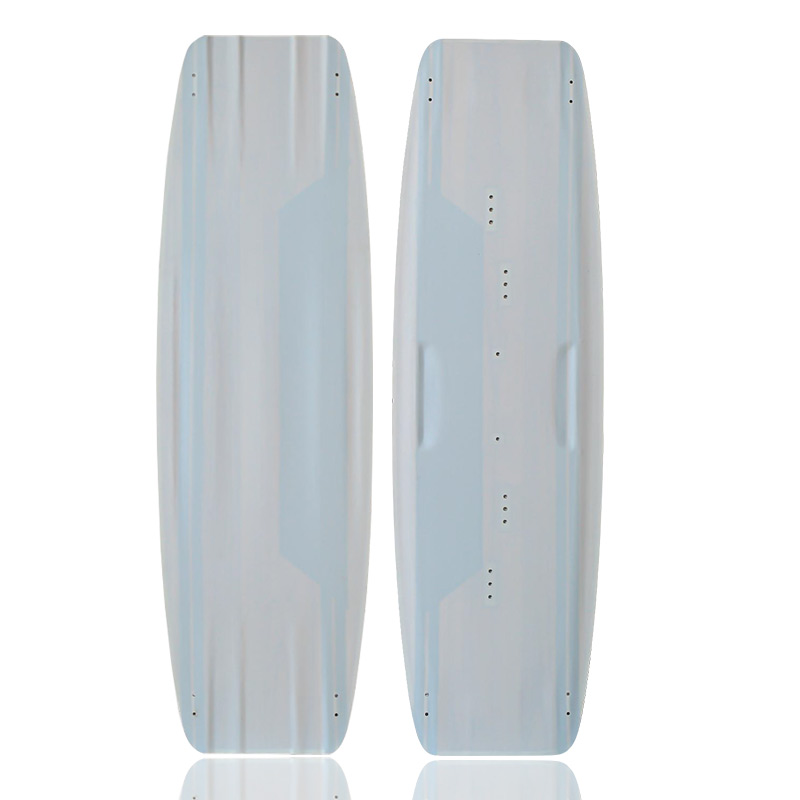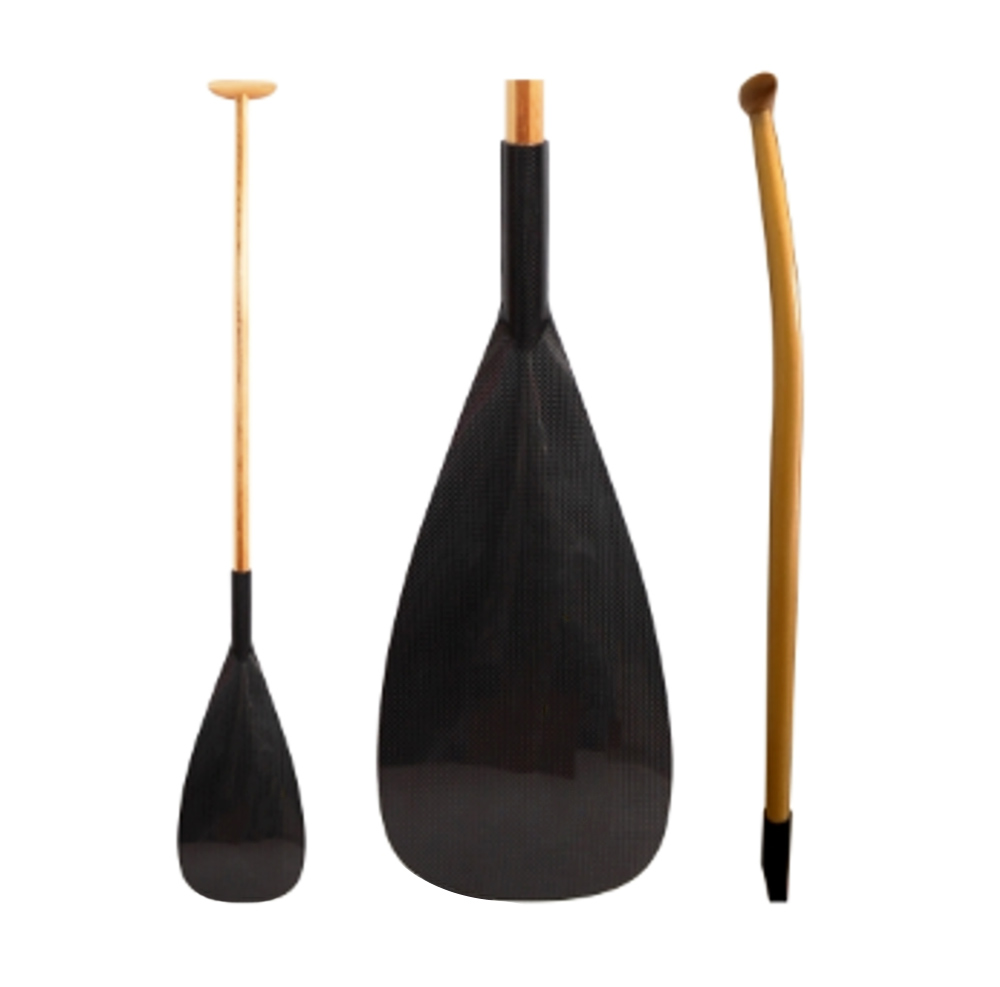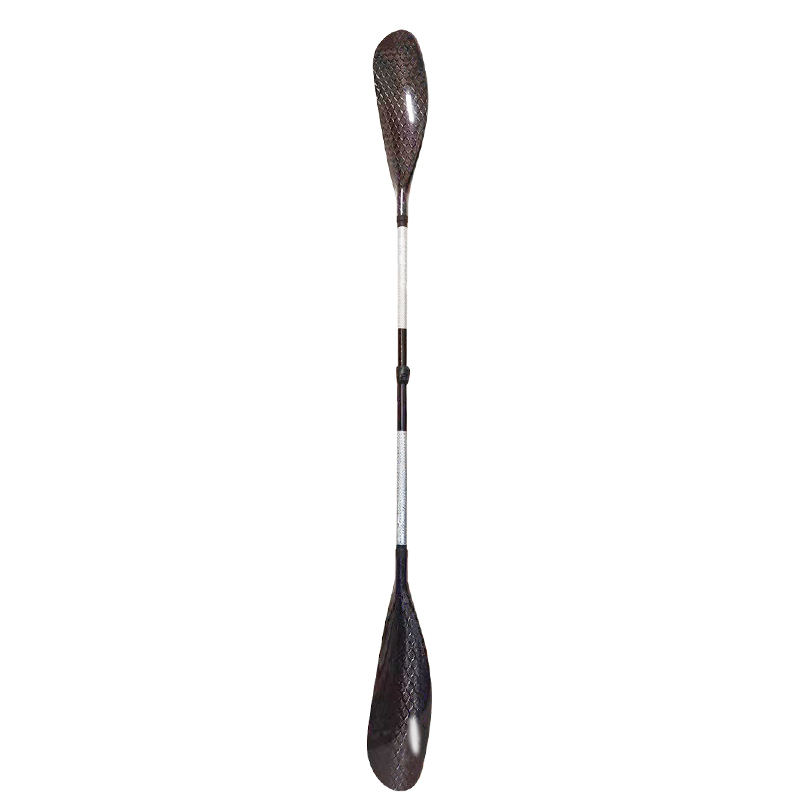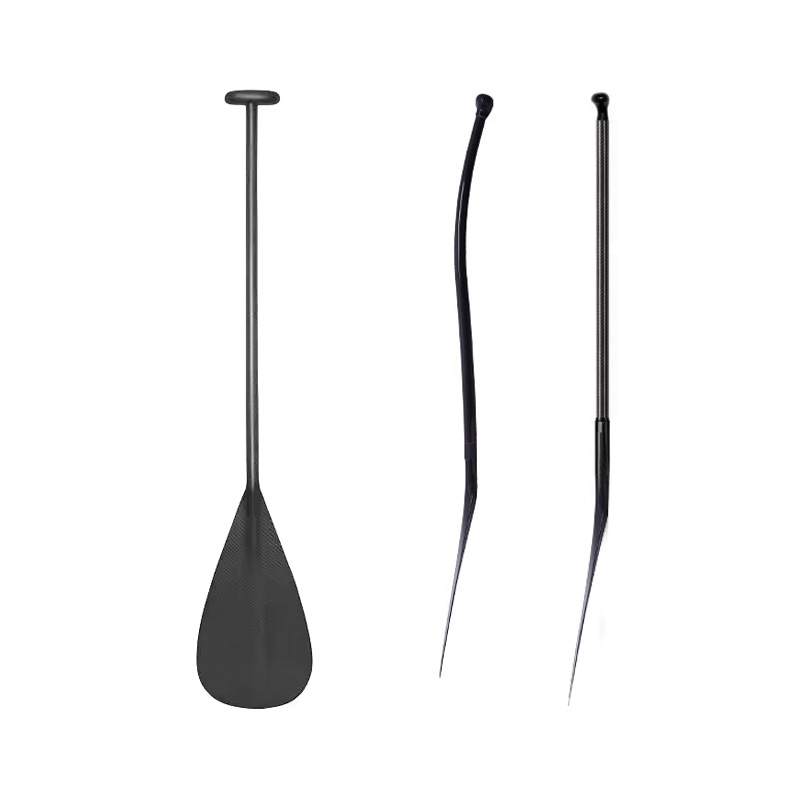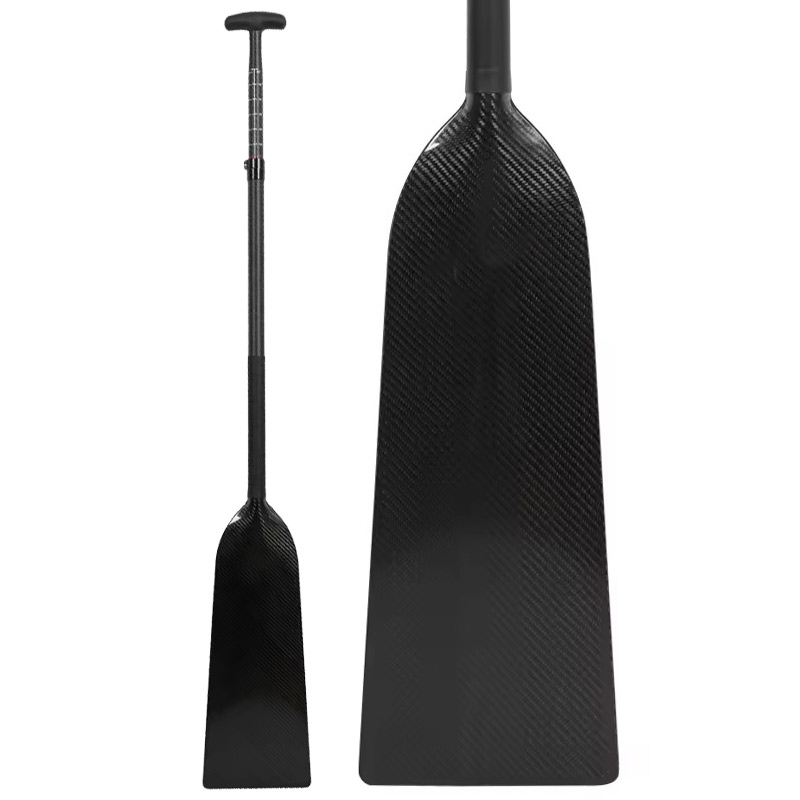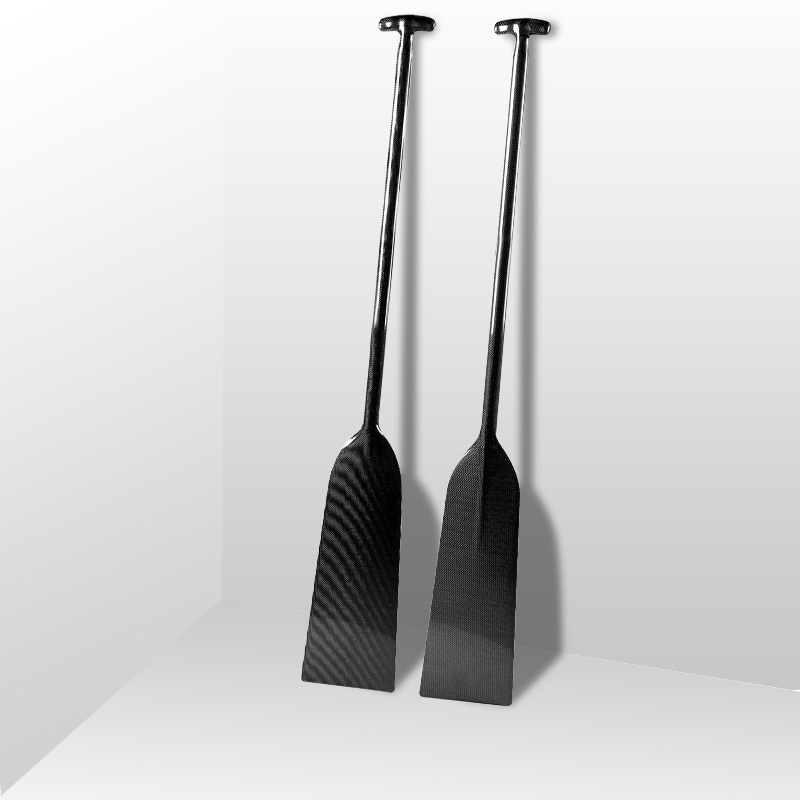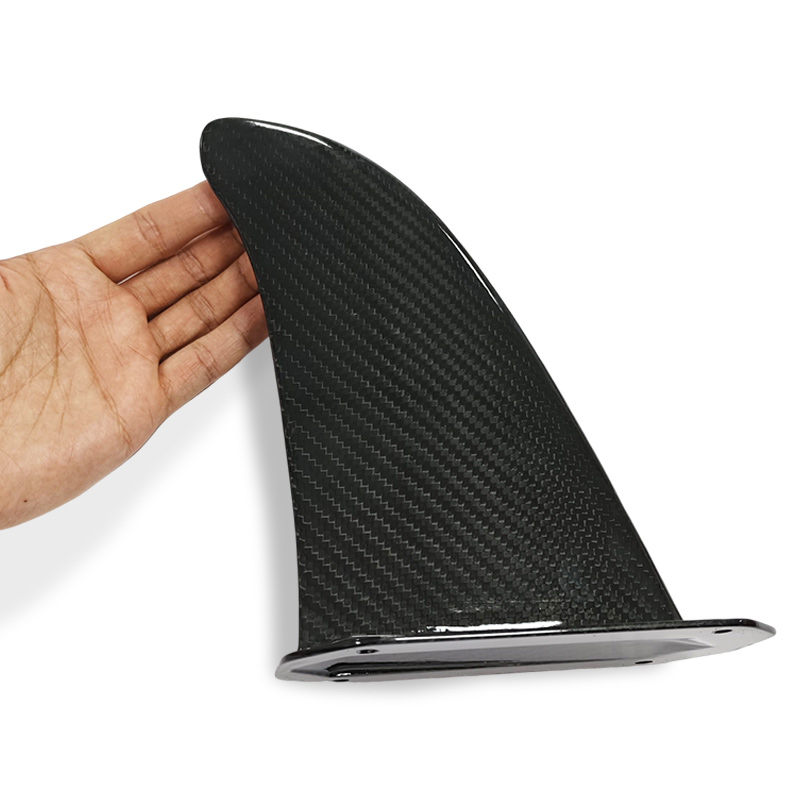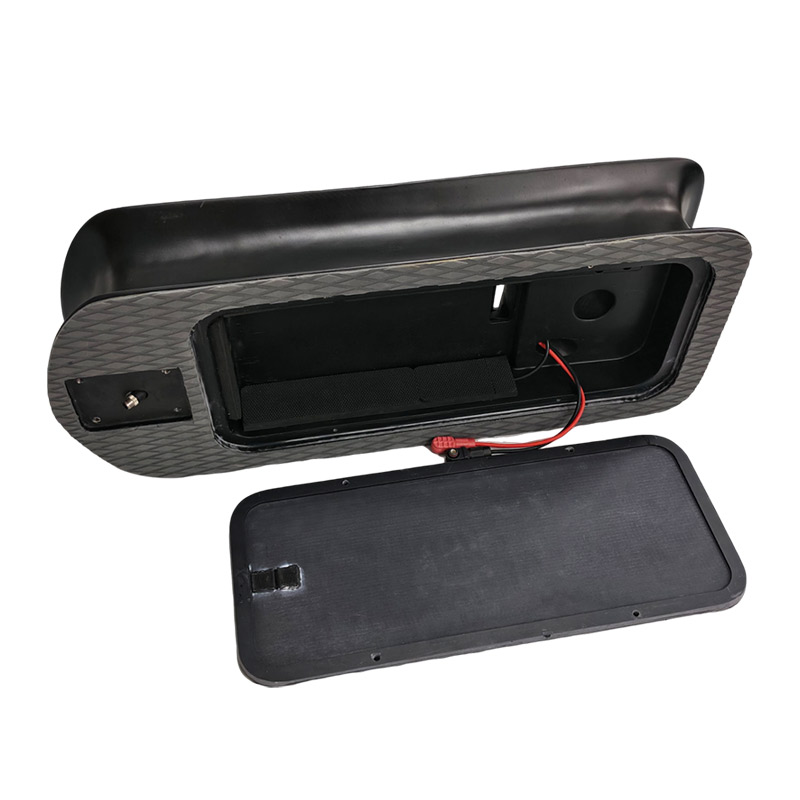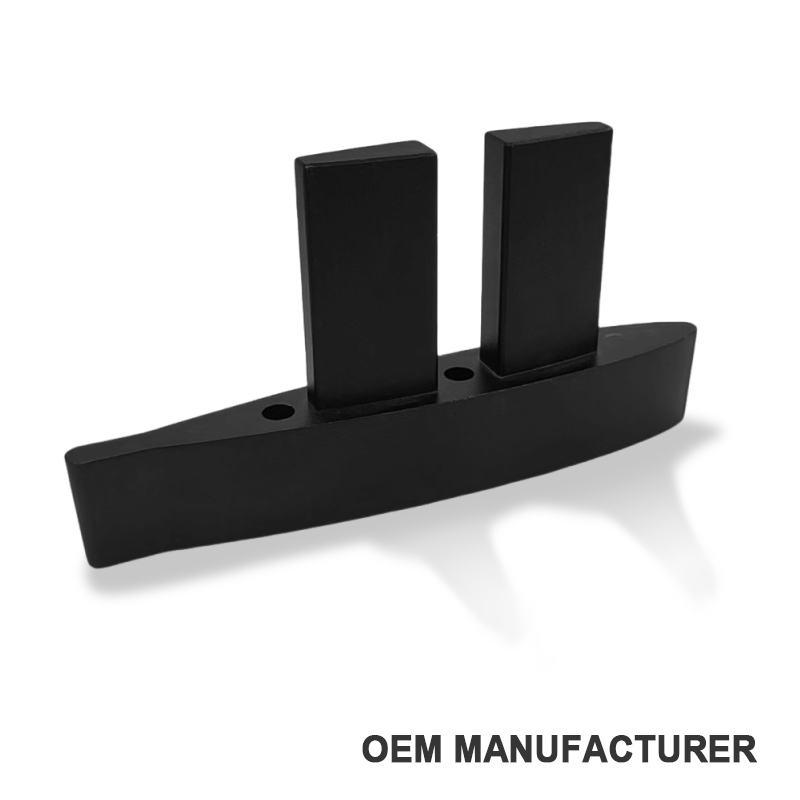This article will be help those surfer who have some surfing experience but don’t know how to be intermediate surfing in 15 minutes. Now let us follow the steps to improve your surfing skil.
Surfing is one of the most alluring sports in the world. It offers the opportunity to immerse yourself in the beauty of the ocean, harnessing energetic lines of swell as you glide toward the shore. This mesmerizing flow experience, coupled with the thrill of executing tricks and maneuvers, is what makes surfing so addictive. The effortless moments of carving, getting tubed, or even performing aerial tricks provide an unparalleled sense of freedom and accomplishment.
Surfing offers endless reasons to fall in love with the sport. From starting as a beginner to advancing in surfing skills, the journey is filled with challenges to overcome and techniques to master. Surfing fosters growth, enabling individuals to transition from beginners to intermediates and eventually to advanced levels. It’s a sport that combines personal achievement with the joy of connecting to the ocean, making it a truly unique experience.
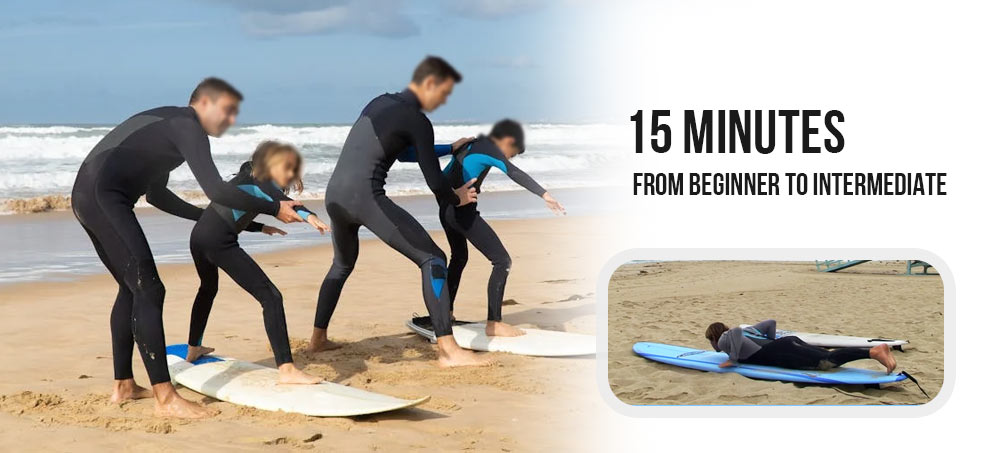
The Right Surfboard
One of the most significant factors in advancing as a surfer is having the right surfboard. For beginners, a longer, wider board with added thickness provides better buoyancy and stability. These features make paddling easier, reduce drag, and improve the chances of catching waves. A stable board allows beginners to build confidence and develop skills faster. If you want to custom the composite surfboard, welcome to contact us.
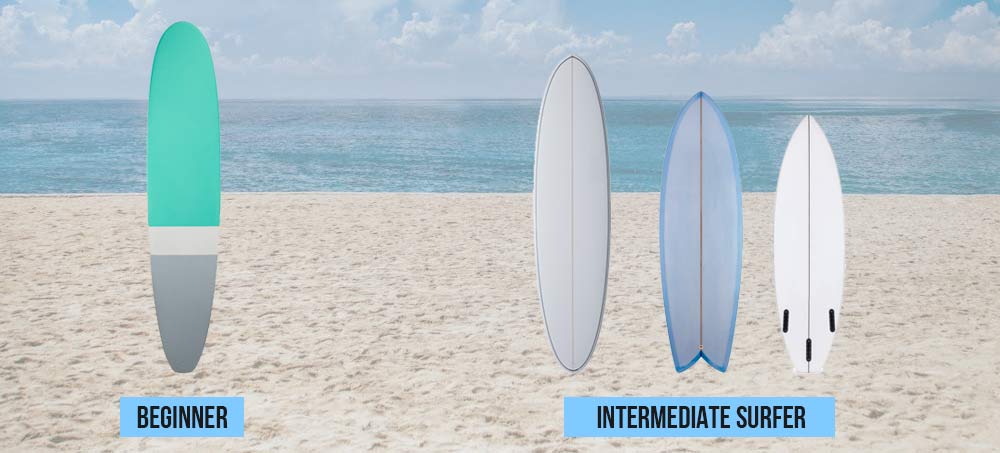
6 Fators for Beginners
- Start with a Foam Board: Foam boards are ideal for beginners because they are safe, durable, and highly buoyant. Their soft material minimizes the risk of injury and helps you catch more waves easily.
- Prioritize Size and Stability: Larger boards are better for beginners as they offer more stability. Opt for a board between 8–10 feet long, depending on your height and weight. A longboard is often the best choice for learning.
- Choose High Volume: Volume refers to the thickness, width, and length of the board combined. Higher volume makes paddling easier and helps you catch waves earlier, which is critical when starting out.
- Consider Shape: Generally, a round nose shape can provide better paddling and balance. And wide tail can add stability and make turning easier.
- Stick with Simple Designs: Avoid advanced features like sharp rails or aggressive rockers (curves). Beginner boards are designed for straightforward handling and steady performance.
- Weight and Height Match: Choose a board that supports your weight and is tall enough to give you balance while paddling and standing up. Heavier surfers might need a thicker or longer board for better buoyancy.
6 Fators for Intermediate Surfing
As you progress, transitioning to a more advanced board with a narrower nose and tail, increased rocker, and reduced width will help you perform more dynamic maneuvers. Choosing the right board is crucial for enhancing your surfing experience and skill development.
1. Prioritize Versatility: Choose a board that allows you to handle different wave sizes and conditions. Hybrid or funboards are excellent options, offering a mix of stability and maneuverability.
2. Board Types for Intermediate Surfers
- Funboards: Ideal for transitioning from longboards to shorter boards. They maintain enough volume for stability but are easier to turn.
- Fish Boards: Great for smaller, weaker waves due to their wide, flat design, which enhances speed and paddling efficiency.
- Performance Shortboards: Suitable for intermediate surfing ready to take on steeper waves and practice advanced maneuvers.
3. Consider Volume and Size
- Volume: Aim for a board with sufficient volume to ensure easy paddling while allowing for better control in turns.
- Length: A board that’s 6–8 inches taller than your height is typically a good choice, depending on your weight and wave preferences.
4. Wave Conditions: If you frequent smaller, less powerful waves, a fish or funboard will perform better. For steeper or faster waves, a shorter, more responsive board is ideal.
5. Materials
- Epoxy Boards: Lightweight and durable, perfect for intermediate surfing wanting a forgiving and robust option.
- Fiberglass Boards: Offer better performance but require more care due to their fragility.
6. Tail Shape and Rocker
- Tail Shape: Round or squash tails offer versatility, making them great for intermediate surfers adapting to different wave types.
- Rocker: Look for a moderate rocker (curve) to balance speed and maneuverability.
Mastering the Pop-Up
The pop-up is a fundamental skill for surfers, yet it’s often challenging, even for intermediate surfing. Most beginners start with whitewater waves, but popping up on these waves is harder than on unbroken faces. Key tips for an effective pop-up include:
- Staying centered over your board.
- Adopting a low stance with relaxed arms for stability.
- Practicing core-strengthening exercises on land to build the coordination needed for seamless transitions.
Avoid rushing the pop-up; focus on controlled movements and a stable stance to maintain equilibrium.
Learning Wave Positioning
Catching unbroken waves requires a new set of skills, including reading waves and positioning yourself correctly in the lineup. Understanding how waves form and where peaks and shoulders appear can help you identify the best spots to catch a wave. Start with smaller, peeling waves to build confidence before tackling larger, more complex breaks.
Angling your board in the direction you want to go and using subtle heel and toe pressure allows for smoother turns. Always remember: where you look is where you go. By focusing your gaze on the part of the wave you aim to ride, your body will naturally follow.
If you want to know how to read the wave, welcome to see the article written before.
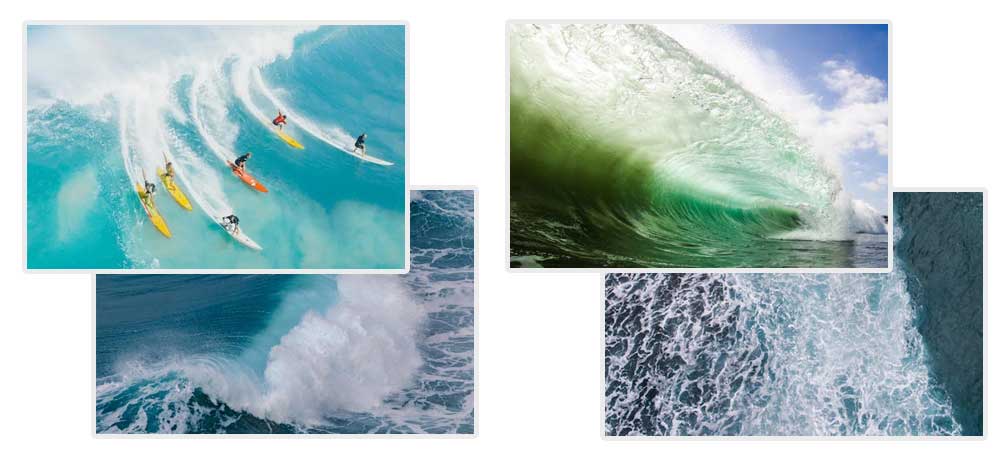
Building Speed and Momentum
Generating speed on a wave is a critical intermediate surfing skill. The top half of the wave, known as the power zone, provides the energy needed for maneuvers. Speed pumping—moving in and out of the power zone—helps build momentum to navigate sections or execute turns.
Practicing on land with a surf skate trainer can improve your technique. Focus on coordinated arm movements, hip thrusts, and maintaining an active stance to replicate surfing dynamics. With practice, this skill will translate seamlessly to the water, unlocking endless possibilities for tricks and transitions.
Building speed and momentum in surfing is the cornerstone of fluid and dynamic wave riding. It begins with understanding the wave’s anatomy, particularly the power zone—the steepest section where energy is most concentrated. Efficient use of this area allows surfers to generate thrust and maintain propulsion.
A low, balanced stance is vital. Bend the knees, engage the core, and stay light on your feet to navigate subtle wave shifts. Surfing is not merely about reacting; it’s about anticipating. Reading the wave’s trajectory ensures positioning that maximizes potential speed.
Speed pumping—an artful combination of weight shifts and rhythmic board movement—amplifies velocity. Use gentle pressure on the heels and toes to carve through the wave face. Smooth transitions between bottom and top turns further accelerate momentum, allowing for seamless flow.
Ultimately, the essence of surfing lies in harmony. Harnessing speed and momentum transforms every wave into a canvas for creativity and expression.
The Path to Advanced Surfing
Once you’ve mastered these fundamentals, you can begin exploring more advanced techniques, such as carving, cutbacks, and aerial maneuvers. The transition from intermediate to advanced surfing is all about refining your skills, reading waves with precision, and maximizing the energy of each ride.
Surfing is a lifelong journey that rewards persistence, practice, and a deep connection with the ocean. Whether you’re just starting or striving to reach new heights, the joy of surfing lies in the continuous process of learning and evolving.
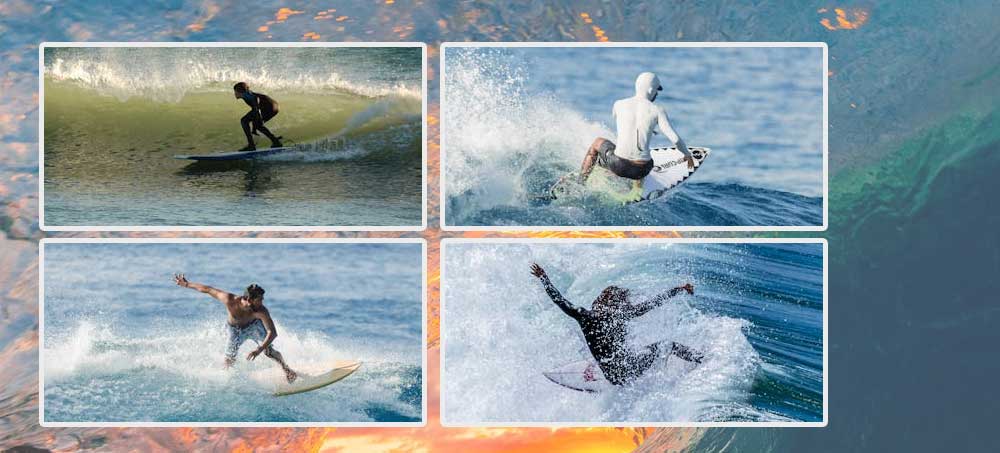
Conclusion
Becoming an intermediate surfer is an exciting milestone in the surfing journey. It’s a stage where your focus shifts from simply riding waves to refining your technique, choosing the right equipment, and mastering key skills like the pop-up, wave positioning, and generating speed. With the right surfboard, consistent practice, and a willingness to learn, intermediate surfing can unlock new levels of performance and enjoyment in the water.
Surfing isn’t just a sport—it’s a way to connect with nature, challenge yourself, and experience the thrill of progression. Whether you’re perfecting your bottom turns or carving clean lines, each session brings new opportunities to grow and embrace the joy of surfing. So dive into the ocean, ride the waves, and keep pushing your limits. The path to advanced surfing awaits!

